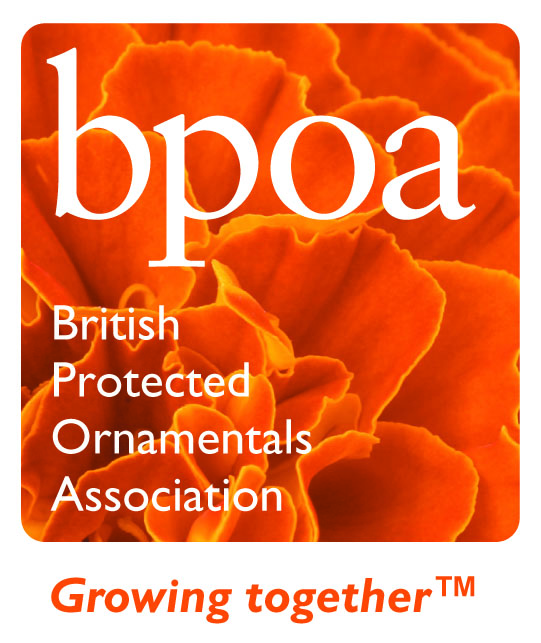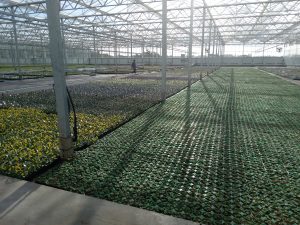Previous monitoring of specific crops has helped considerably in understanding how and when to feed your plants. The poinsettia scheme has been very successful in monitoring nutrient levels and building up a database of results. While it was useful to find normal nutrient levels perhaps what was most interesting was comparing your results against others. We had two speakers at the BOA 2021 Conference who both emphasised how important it was to monitor primrose nutrition through the winter, to ensure the crop had sufficient nutrient levels to support spring growth and flowering at a time when they are not actively growing. With this in mind the BOA in partnership with Omex would like to launch a Primula monitoring scheme. So if this interests you, please book a place now by following the links below.  Primula monitoring scheme Primula monitoring schemePrimula monitoring scheme. Omex is a world leader in fertilisers, particularly suspension fertilisers and we are grateful for their offer of help and provision of analysis services. The Scheme schedule 1. October Sign up to the scheme, and register your details no later than the 20th Omex will send Kits out Before potting take compost and water samples to give a base reading. Early November your first SAP sample, omex will circulate results and advice Early January your 2nd SAP sample, omex will circulate results and advice Early February your 3rd SAP sample, omex will circulate results and advice 2. What you will receive Omex sampling Kit and instructions Once the samples are processed by Omex, they interpret the results Low – Moderate – High in a colour coded easy to interpret form and they will email the results and can also discuss the findings with the appropriate person. They will then plot the overall results’ progress and return to the group at regular intervals and at the end. 3. The cost There is a one-off registration fee of £50 invoiced by Omex All analysis fees will be invoiced directly by Omex 1x Water – £34 full water including Ec, pH, Bicarbonate & Molybdenum 1x Compost £25 3x SAP analysis November, January, February 3x £18.00 full analysis or £27.00 for two samples perhaps a good plant vs bad plant comparison A good vs poor sample is beneficial to give us an overall look at the crop so that we can eliminate/ assess discrepancies. 4. How to join Please email richardca@omex.com Lead 07710 880171 Please add primula monitoring scheme to the subject. Joe Barfoot will also be available in assisting me and you, the customer, particularly for visits and anything else. I cover Scotland and N W England whereas Joe Barfoot covers England and Wales joeb@omex.com 07826 915270 SAP testing is conducted at Omex own bespoke laboratories at King’s Lynn, using expertise developed over many years and thousands of tests in a multitude of different crop types. SAP analysis offers a highly accurate and topical assessment of the true nutritional status of the plant. Whereas conventional tissue testing reports the level of nutrients in a sample, including those locked up and unavailable for growth in cell walls and storage cells, SAP analysis measures only the actual level of crop nutrients available for plant growth. Test results are compared to Omex extensive database of results for that crop and timing and significant differences above or below the expected “normal” range of results for each nutrient are highlighted. Agronomic recommendations for action if appropriate take into account the relative importance of each nutrient to that particular crop and that point in the crop development cycle and whether or not there is likely to be an economic response to a topical application or any other corrective action. There is no authoritative textbook giving target nutrient levels at all growth stages in all crops so this information can only be built up and refined by compiling large numbers of tests over many seasons. We recommend sampling early in the morning and from the oldest actively growing leaves and petioles from at least 20 plants. This is to ensure that samples are properly representative of the crop or crop zone being investigated, because levels of nutrients in the plant will drop as transpiration increases in heat/sunlight later in the day and because younger rapidly developing leaves will contain different balances of nutrients to the bulk of the plant. Taking healthy but fully developed leaves at a time of day when there is minimal sap movement gives the most accurate picture of the resources available to the plant on that day. It is particularly important if taking multiple samples from a crop for comparison over time to take those samples in the same manner and at the same time of day. https://www.omex.com/uk-agriculture-products/support-and-services  |



